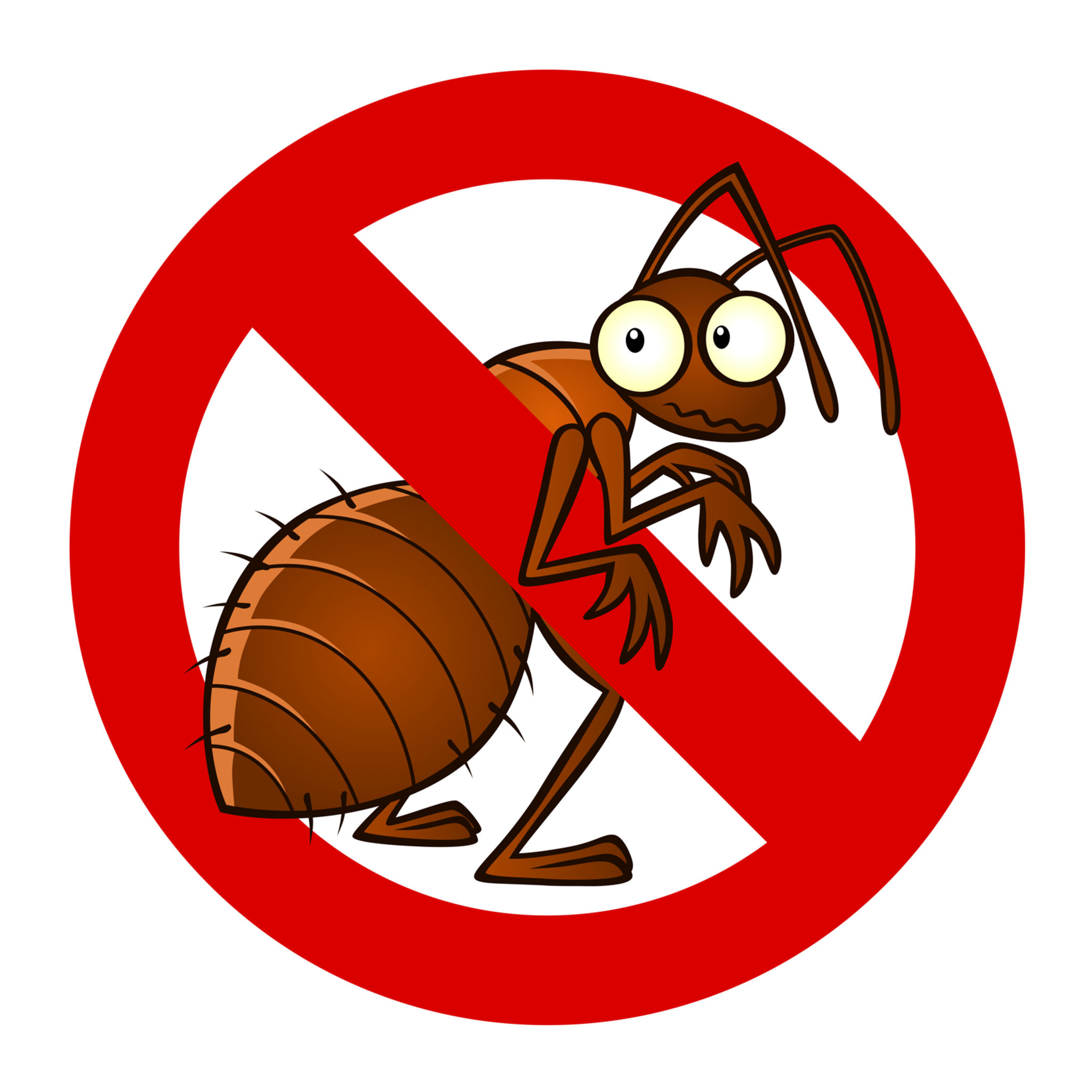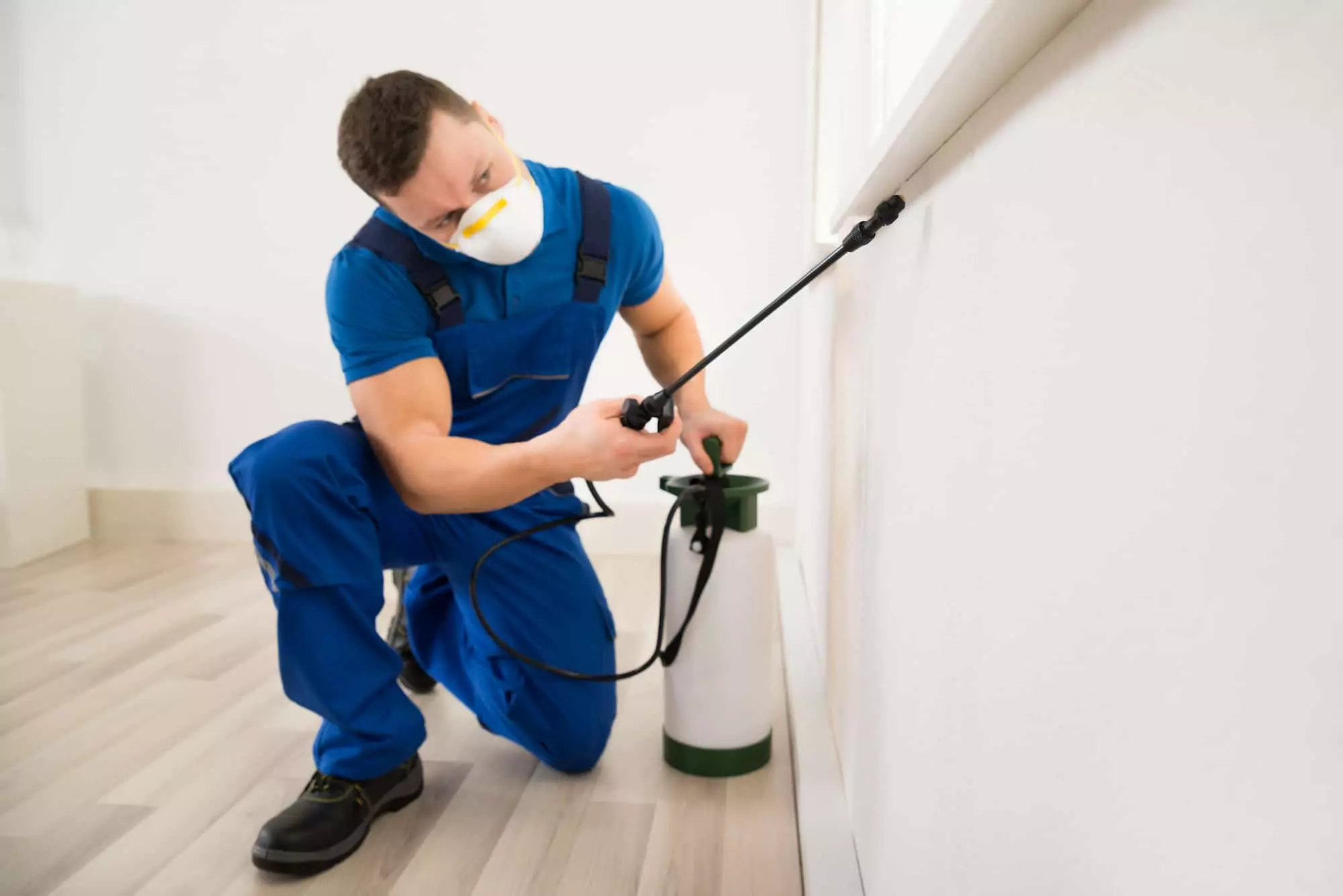Reliable A1 Bed Bug Treatment in Charlotte - Safe and Proven Approaches
Reliable A1 Bed Bug Treatment in Charlotte - Safe and Proven Approaches
Blog Article
Bed Bug Therapy Breakdown: Comparing Chemical Vs. Non-Chemical Solutions
In the world of bug control, particularly when dealing with the persistent problem of bed bugs, the option between chemical and non-chemical therapy solutions can be a crucial one. Both strategies use distinct benefits and downsides, influencing aspects such as effectiveness, security considerations, and general expense. By taking a look at the nuanced information of each method, a clearer understanding of which path to seek in dealing with a bed pest problem can be acquired.
Effectiveness of Chemical Therapies
Chemical therapies for bed insect infestations have been commonly recognized for their quick and potent efficiency in eliminating these pests. When thinking about the efficiency of chemical therapies, it is important to recognize that they can offer a complete and fast solution to a bed insect issue. Expert pest control operators frequently count on pesticides to target bed pests at numerous stages of their life process, including adults, eggs, and fairies. These chemicals commonly function by disrupting the bed pests' nerve system, bring about paralysis and ultimate death.
Additionally, chemical treatments have the advantage of offering recurring results, indicating that they can remain to get rid of bed bugs also after the preliminary application. This recurring activity is specifically useful in combating any possible re-infestations. Furthermore, the fast activity of chemical treatments can bring relief to people dealing with severe bed bug problems, enabling them to reclaim control of their living spaces rapidly.
Safety And Security Worry About Chemical Solutions
When using chemical options for bed bug treatment is making certain the safety of passengers and the setting,One important facet that requires careful factor to consider. While chemical treatments can be efficient in removing bed insects, they may present threats otherwise handled properly. One of the primary safety and security problems with chemical solutions is the prospective harm they can create to human health and wellness. Direct exposure to particular chemicals used in bed bug therapies can result in respiratory system problems, skin inflammation, or other adverse responses, specifically in people with pre-existing conditions or sensitivities. Additionally, inappropriate application or dose of chemical pesticides can lead to poisonous residues remaining in the treated area, posing long-lasting wellness threats to residents.
Furthermore, the ecological impact of chemical services is an additional significant consideration. Some pesticides made use of in bed bug therapies may be unsafe to helpful pests, wildlife, and ecosystems if they leach into the soil or water supply. It is vital to utilize chemical treatments carefully, complying with security guidelines, and considering much less toxic alternatives to alleviate these dangers and make sure the safe and reliable management of bed pest invasions.
Advantages of Non-Chemical Approaches
Considering the possible safety issues and ecological influence linked with chemical options for bed bug treatment, checking out non-chemical techniques offers an encouraging option with numerous distinctive advantages. Non-chemical therapies are eco friendly, as they do not add to air or water pollution, making them a lasting selection for insect control.
Furthermore, non-chemical services can be efficient in targeting bed bugs, consisting of hard-to-reach locations where chemical therapies may not permeate - A1 pest control services charlotte. Methods such as warm therapy, vacuuming, vapor cleansing, and cushion encasements supply extensive eradication without the usage of dangerous chemicals.
Limitations of Non-Chemical Treatments

Additionally, non-chemical treatments commonly call for numerous applications to attain successful obliteration. This can be time-consuming and might not always guarantee full removal of all bed pests and their eggs, especially in surprise or hard-to-reach locations.
Furthermore, the success of non-chemical treatments greatly counts on correct execution and thoroughness, which can be challenging for people without professional expertise. Insufficient application of non-chemical techniques might lead to incomplete elimination, resulting in consistent infestations and the need for added therapies.
Consequently, while non-chemical therapies have their benefits, it is vital to recognize these constraints and consider them when determining one of the most effective method for managing bed insect infestations.
Cost Contrast: Chemical Vs. Non-Chemical Options
Given the limitations connected with non-chemical treatments, a crucial aspect to review in the context of bed bug monitoring is the cost contrast in between chemical and non-chemical options. Chemical treatments generally entail the application of pesticides by specialists, which can vary from $250 to $900 per room, relying on the intensity of the problem and the size of the location to be dealt with. On the other hand, non-chemical therapies like heat treatment or vapor can be more costly, with costs ranging from $1,000 to $6,000 for a whole home. While the preliminary cost of chemical treatments might seem reduced, numerous therapies might be called for to fully get rid of the invasion, potentially raising the general expense. On the other hand, non-chemical choices may supply an extra lasting and environment-friendly service, although they can be cost-prohibitive for some individuals. Inevitably, when taking into consideration the price of bed pest therapy choices, it is necessary to evaluate the in advance costs versus the efficiency and long-lasting sustainability of the picked method.
Verdict

Thinking about the possible security issues and environmental influence linked with chemical services for bed pest therapy, checking out non-chemical techniques provides an appealing option with numerous distinct advantages.Offered the constraints connected with non-chemical treatments, a necessary facet to review in the context of bed pest monitoring is the expense contrast in between chemical and non-chemical alternatives. In comparison, non-chemical treatments like warm treatment or vapor can be more pricey, with costs ranging from $1,000 to $6,000 for a whole home. While the preliminary price of chemical treatments may appear lower, numerous therapies might be needed to fully eradicate the problem, potentially increasing the general cost.In verdict, when comparing chemical and non-chemical bed insect treatment options, it is essential to consider performance, security, benefits, restrictions, and price.
Report this page